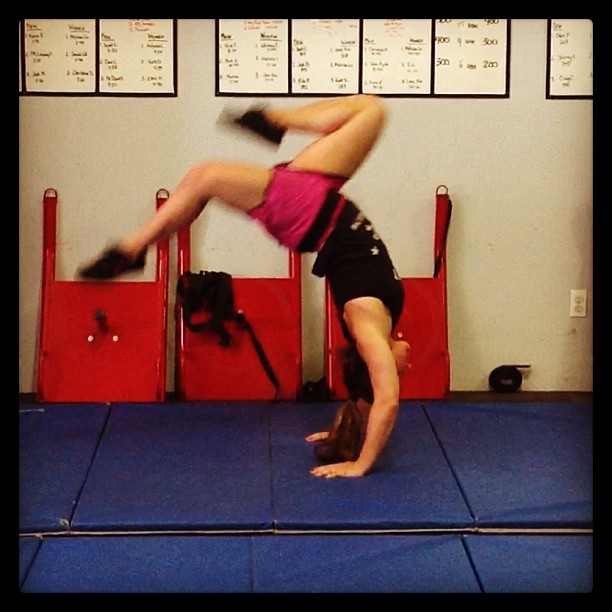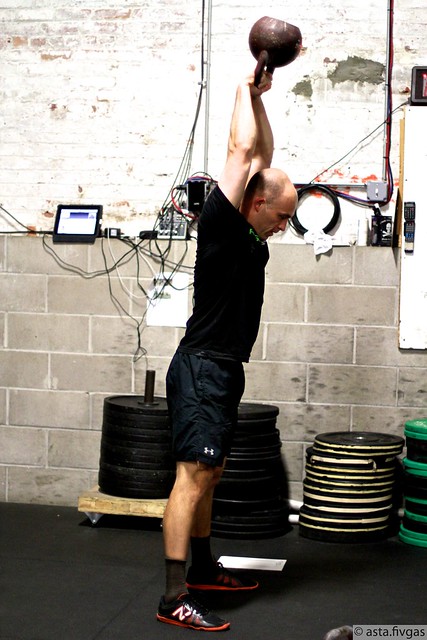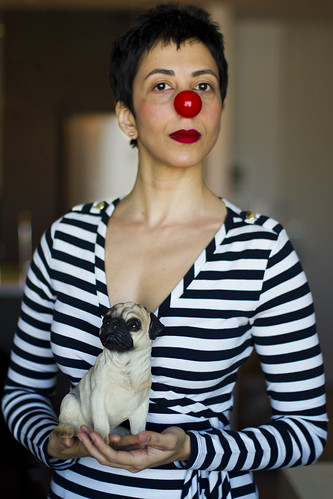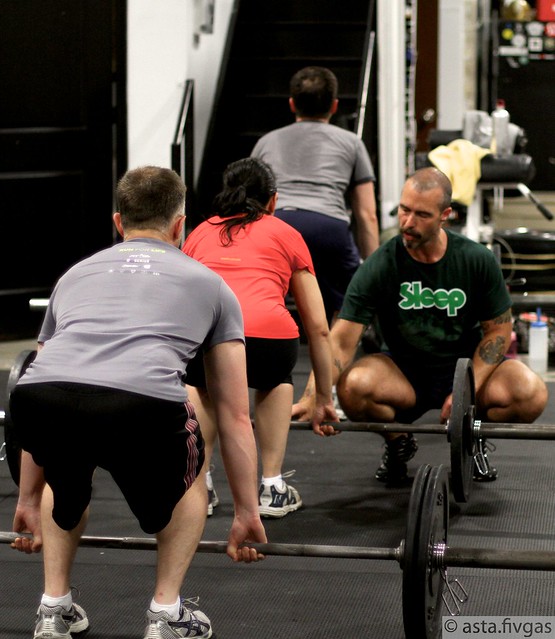7 Rounds For Time of:
3 Deadlifts, 315/205
7 Chest to Bar Pull-Ups
21 Double Unders
Post time and Rx to comments.

Coach Melo working on her Back Walk Overs
- Today is the last day of Crush Week!
- Happy Father’s Day to all our amazing CrossFit Dads! Here is a special video for you
Alan Lynch wants you to check out this charity event
On March 6th, 2013 3 1/2 year old Cameron King was diagnosed with Acute Myeloid Leukemia. Cameron has so far undergone 4 rounds of chemotherapy at Memorial Sloan Kettering Hospital in NYC with many more treatments on the horizon. Cameron’s parents, Eve and Christopher King , were recently told that Cameron needs a bone marrow transplant. After weeks of searching, a donor was found and Cami is awaiting final tests and a green light to receive the transplant.
On Sunday, June 23rd we are running, walking, and partying to raise money to offset Cameron’s medical bills and hope you will, too… Read more and sign up here!
_________________
Graham Holmberg in 2013
The Power Of The Crowd with Rich Froning
New Study Finds It Is Impossible To Lose Weight, No One Has Ever Done It, And Those Who Are Trying Should Give Up



